June 7 – July 4, 2024
Dear Ceiling
Sarah Legow
A brief love letter from the floor to the ceiling spelled out in stop-motion text, the video “Dear Ceiling” takes a rejection of a human-
centered view of the world as its starting point. The text reads, “What if the floor were in love with the ceiling? The ceiling is lofty and remote. The floor is dirty, and secrets are hidden under the rug. They have a perfect vision of each other but can never touch. Both quietly hope for an earthquake. Dear ceiling, Love, floor.” The piece is ideal for a public-facing venue in an unexpected location, as it is all about re-engaging the viewer with normally overlooked or vacant spaces of the built environment—a playful invitation to reimagine the architecture around us as just as spiritually yearning and libidinous as we are. It transforms the most utilitarian, abandoned, or banal space into a love story. The clear and direct language of the piece makes it particularly accessible as public art – I have found it resonates with diverse audiences.
 Sarah Legow
Sarah Legow
Sarah Legow is an American artist based in Portugal. She has a bachelor’s degree in art history from Grinnell College, a master’s degree in studio art from the Art Institute of Chicago, and a master’s degree in studio art from the University.
May 3 – June 6, 2024
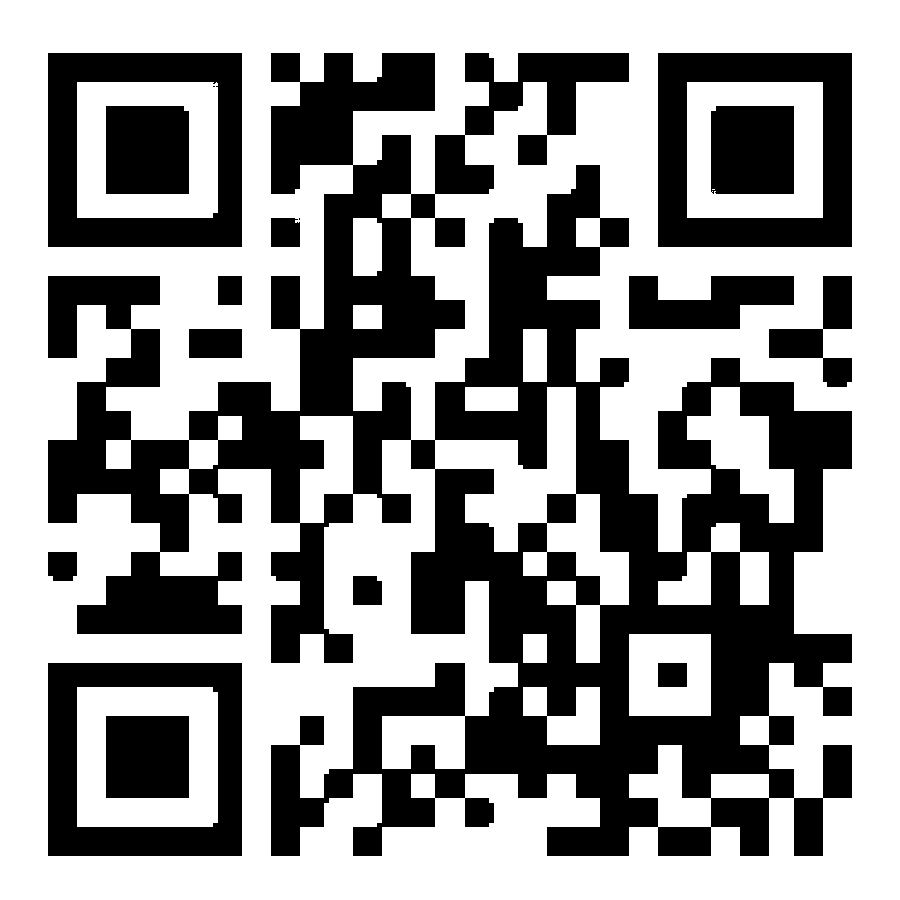 Bay Bingo Chesapeake
Bay Bingo Chesapeake
Incredible Outliers (Artist Collective)
Incredible Outliers is a group of like-minded artists based in Baltimore, MD, who specialize in a wide range of media including projection mapping, interactive installations, and traditional gallery engagements. Although each artist has their unique approach and style to art, they are united in their shared goal of facilitating play, curiosity, and interpersonal connection in their work. They have come together to support and inspire each other in creating art that sparks wonder, joy, and a more generous connection to the world.
April 5 – May 2, 2024
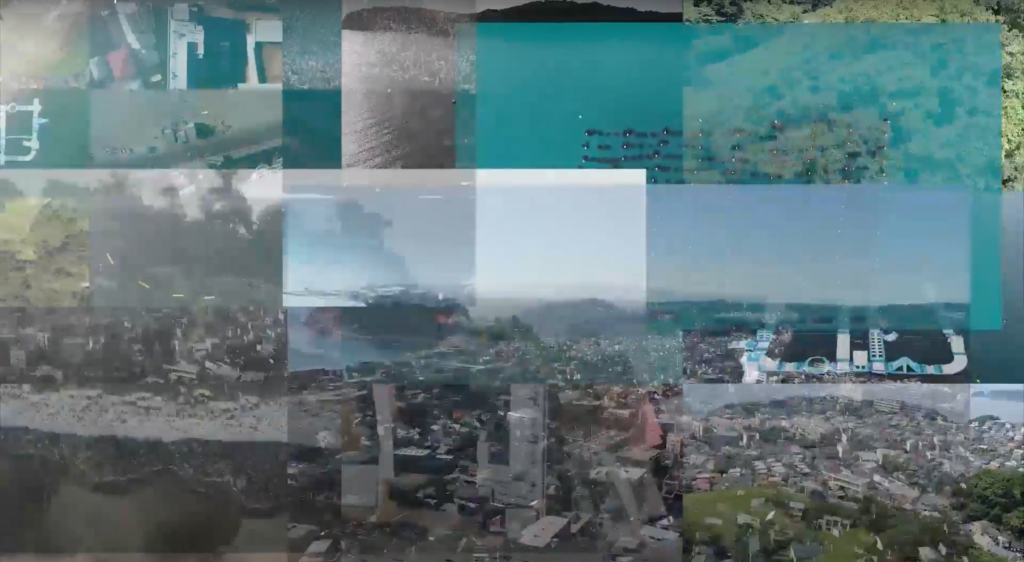 Sushi 2.0
Sushi 2.0
Mauricio Sanhueza
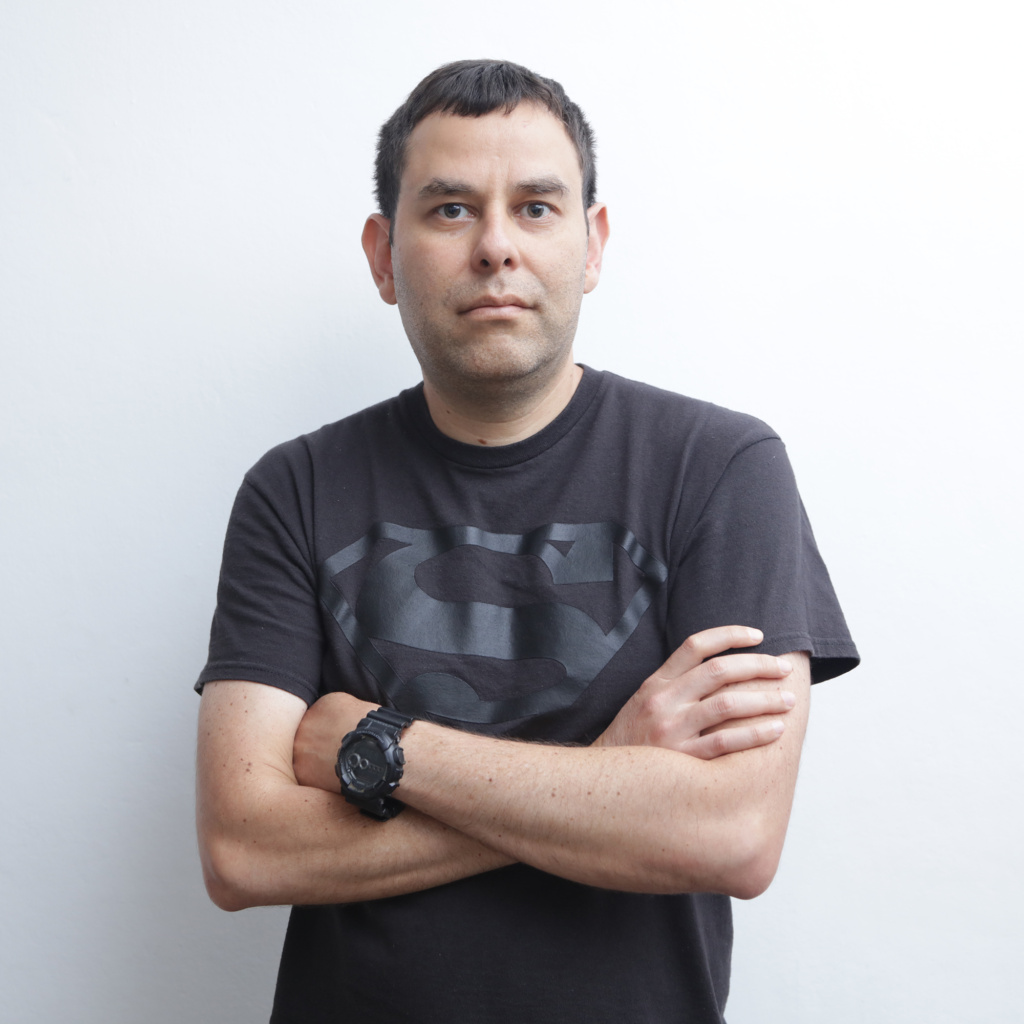 Mauricio Sanhueza
Mauricio Sanhueza
Mauricio Sanhueza studied at the University of Lima from 1996 until 2000. He then continued his studies at the Lima visual arts school, Corriente Alterna, graduating in 2006 with top honors. In 2011 he obtains a bachelor’s degree in Fine Arts from San Marcos University. Since 2004 he has participated in several collective art exhibits and festivals in Peru and abroad. Mauricio’s videos have been screened in video-art and experimental short-film festivals and have won many awards.
March 1 – April 4, 2024
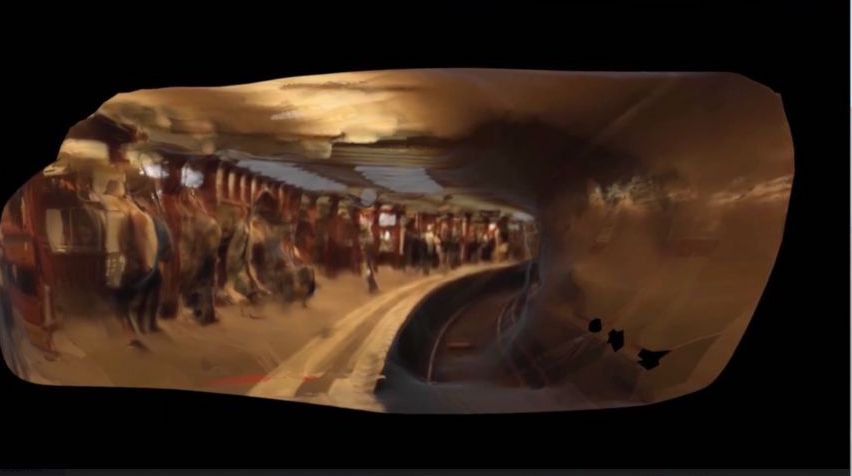 2020
2020
Liu Peng
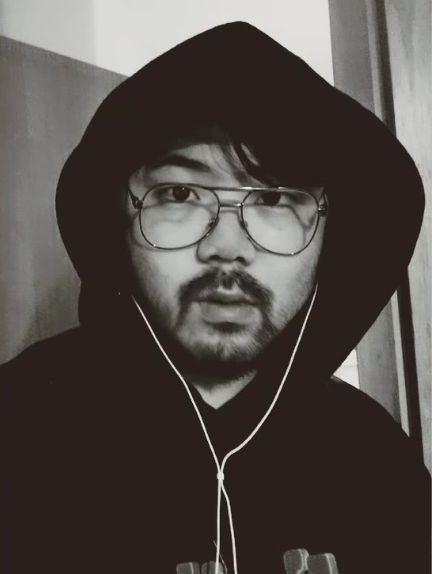 Liu Peng
Liu Peng
Liu Peng graduated from the Hubei Academy of Fine Arts in 2014. Peng studied in the Digital Media Art Department of the University of the Arts Bremen in Germany. He is currently studying at the Film Department of the University of Arts Hamburg and he is also one of the co-founders of the E-M Art Group. He mainly studies digital media art, sculpture, music, and the production of sound. After mixing and interpretation, he treats them with art in the end.
He is adept at connecting things that have not even a little bit of connection, and he explores the subtle relationship between females, physical behavior, Chinese ancient culture, music, sound, and the fragments of the Internet.
What he presents is a world of absurdity, fragility, and grease, like a world full of rain and fat. The world is a heterogeneous space, which presents some fragments, such as materialization of memory, reconstruction of incomplete female limbs, and cyberspace.
February 2 – 29, 2024
Dragons
Jean Michael Rolland
Dragons is a photovideography that plays with the shapes and colors of a photograph taken in Beijing (detail of the wall of the nine dragons of the Forbidden City). The video passes several times from the figurative to the abstract, revealing vestiges of the past and premises of the future. Transitory images (multiplications of the original image) gradually lose their meaning to acquire a new aesthetic.
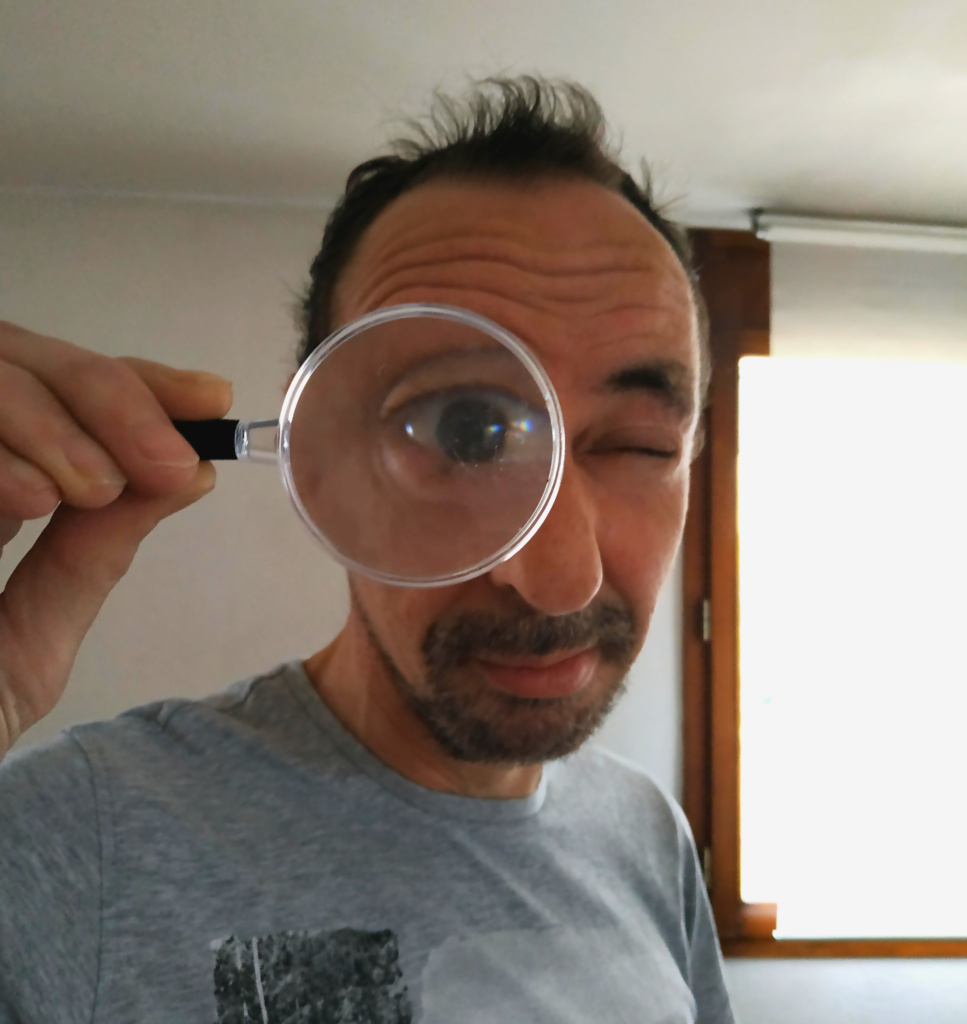 Jean Michael Rolland
Jean Michael Rolland
Since January 2018, I have decided to reinvest the still image as a basic material for new audiovisual experiments aimed at demonstrating that video art, in its temporal dimension, can be based on snapshots.
Photographic art thus changes status to acquire a temporality in which it seems imperative to me to involve sound material.
The latter can be content to accompany the image to contribute to an atmosphere, but can also, conversely, be at the origin of the metamorphoses inflicted on the images.
These works are an important step in my artistic activity because they allow me to question, in an original and different way, my two favorite subjects which are the temporality of video art and the duality between sound and image.
The title of the project, “Photovideographies,” is borrowed from Jean-Claude Chirollet, an art philosopher who, in his book L’Oil digital de l’art : les anachronismes numériques, uses it to qualify the monstration of classic works (paintings, sculptures…) on digital media. Although he uses it quite differently from what interests us here, the notion of anachronism that emerges from the two meanings of this portmanteau is very real.
Like total art, which wanted to bring together different arts from the same period in a live performance, it seems interesting to me to extend this notion to other artistic forms, but also to question the possible associations between the arts from different eras.
January 5 – February 1, 2024
Allegoric Application of Algorithms 01
Balazs Faa
Medium: Video Loop, 1920 x 1080
Duration: 00:49
Allegoric Application of Algorithm 01 is a result of a computer simulation. The object I used is a human figure template. This template was used by industrial designers before the computer era. It is shaped like the average human body. It has some joints, so the template can be adjusted to several side view poses. The joints are simple rivets, the body members can move in a full circle. In this loop I made a map of possible human movements. Human shape is a most used motive in the history of art. It is meaningful, implicates emotions already on a very low level. A human like shape animated by a simple algorithm generates a ‘gradient of meanings’. Each pose has its possible meaning in human body language. The human mind search and find the meaning of the poses: our visual cognition works in patterns.
Number of Souls
Balazs Faa
Medium: Video Loop, 1920 x 1080
Duration: 2:07
Number of Souls is a result of an interactive installation. The installation recorded its own visitors by a face detection algorithm. The portraits was not recorded individually, but in groups. One recorded frame was the average of hundred portraits. So, those, who spent a longer time at the camera, could make the ‘average portrait’ more similar to themselves. The loops show one month of visitors.
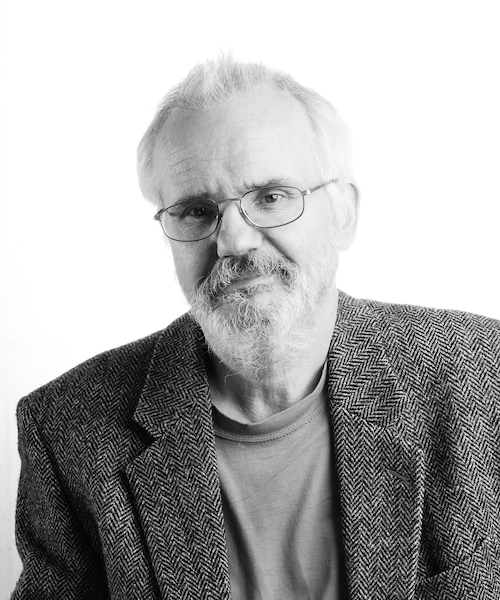 Balazs Faa
Balazs Faa
Balázs was born in Pápa, Hungary. Graduating as a fine graphic artist, drawing, geometry, and art history teacher from the Hungarian Academy of Fine Arts in 1990, his artistic journey began with exhibitions during his studies. Balázs underwent postgraduate training at the Academy, receiving the “Derkovits” scholarship and joining the Studio of Young Artists. Starting in 1995 Balázs taught visual education methodology at the Hungarian Academy of Fine Arts until 2009. Additionally, he contributed to scientific and educational projects, designed interactive CD-ROMs, and worked on web-based projects. A member of artistic associations, Balázs received the Munkácsy prize in March 2001. Since 2009, he has served as an associate professor in the Visual Arts Department at Eszterházy Károly University in Eger, while also working as a resident artist for Missouri State University in Springfield, Missouri.
December 1, 2023 – January 4, 2024
Vivid Light
Katina Bitsicas
Medium: HD Projection Mapped Video
Duration: 6:31
2021
Vivid Light displays the dichotomy between polarizing memories that evoke opposite emotions, but also celebrates the magical moments in life. The liquid light show serves as the base imagery, which is an activity my father and used to do in our basement when I was a child. The organic blobs of colored oil mimic cellular mitosis throughout the body, and the spread of disease that took my father’s life. Layered onto thus are vivid memories from a childhood trip to Disney World, representing emotions of happiness and sadness tangentially. The teacups spin much like the liquid light, as the memories become intertwined. Lastly, the animation of my father’s financial calculations throughout time visually demonstrates the deterioration of his brain at the end of his illness. These calculations were written daily, and over the period of 4 months, slowly became more scrambled, including owing money on a boat he didn’t own. In unison, this video represents the essence of my father and the memories we share, which is something his illness will never be able to claim.
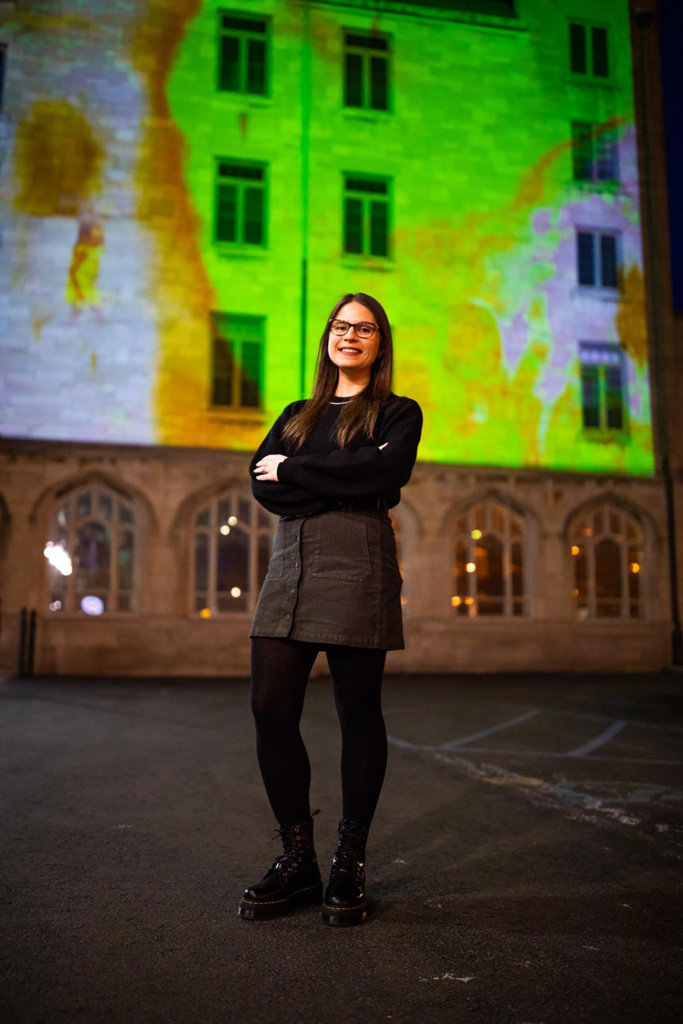 Katina Bitsicas
Katina Bitsicas
Katina Bitsicas is a Greek-American new media artist who utilizes video, installation, AR and performance in her artworks to explore grief, loss, trauma and memory.
In my creative practice I explore personal loss and trauma through video, installation, photography and performance to make parallels between these experiences. My multimedia works revolve around the theme of bringing back to life, while the afterlife is still looming near. The overarching theme is how we as humans can connect via shared experiences and make meaning of these experiences. Metaphors, such as red thread, are used as symbols for loss and the longing for connection. Often times these works are created or installed in the natural environment, making parallels between the human body/systems and these unseen systems/structures within nature. I see the power in nature being able to bear witness to the remnants of these life experiences.
Another part of my research is providing Digital Storytelling workshops to individuals who are recently bereaved as a meaning making intervention. Participants create their own digital story projects using both archival and newly created images to make meaning of their loss. This research is funded through BJC Hospice in St. Louis and the University of Missouri Department of Family and Community Medicine. Through this research, I am able to see direct results with the participants and myself through the power of storytelling and art; mediums that I also use to process my own traumas.
November 1 – December 5, 2023
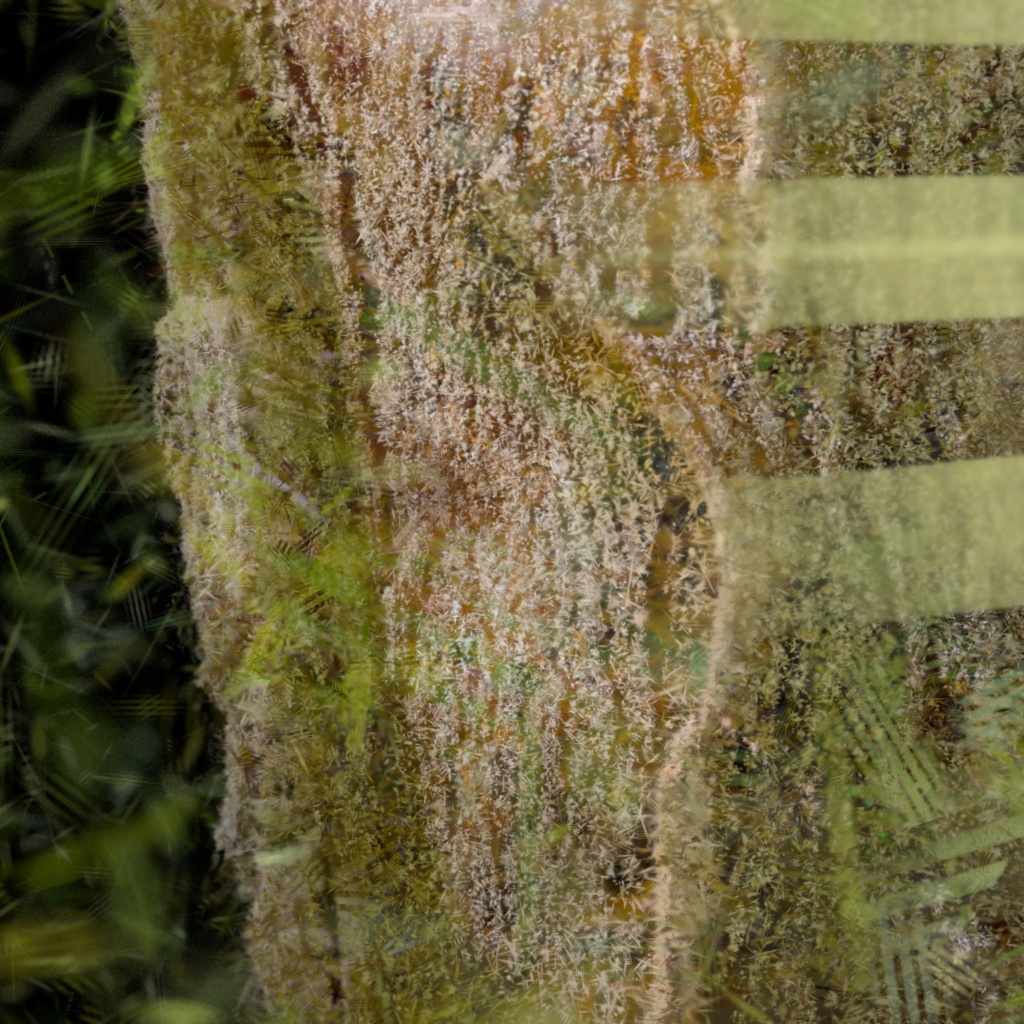 Arbor
Arbor
Joshua Albers
Medium: Rendered 3D scan data, recorded audio
Duration: 6 minutes
2023
Arbor is about how difficult it is to 3D scan trees and finding visually interesting moments in the imperfection of digital reproduction.
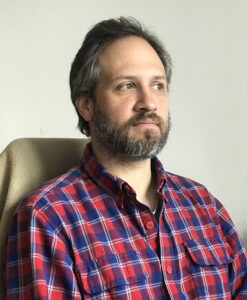 Joshua Albers
Joshua Albers
Joshua Albers uses computers to poke at how reality is perceived, with a particular emphasis on how experiences are shaped by motion through time. In his recent work, he combines and manipulates 3D scans from daily life to create abstract, non-narrative videos. Previous work has been included in Supernova 7th Dimension, /’fu:bar/, Glitch.Art.Br, and Pixels Fest. Albers completed his MFA in New Media Arts from University of Illinois at Chicago in 2013 and a BFA at Missouri State University in 2004. He currently teaches computer animation and digital fabrication as Associate Professor of Art at Missouri State University.
October 4 – 31, 2023
Middle of Infinity
Laura Stayton & Adam Hogan
Score by: Hertzog | Hogan, “a turn of events”
Duration: 27:45
2022
Middle of Infinity investigates our understanding of scale and perceptual experience of physical size, viewpoint, time, and the relationship between the micro/macro and the sublime. The images are entirely created using a single continuous shot, filmed with high speed cinematography. None of the images are computer-generated or animation and are actual observations of a singular constructed performance.
Hogan and Stayton’s work has taken them all over the country and to many parts of the world to create images. This work spans traditional production, but also includes experimental collaborations with artists, choreographers, musicians and composers. Their collective collaborations and works have been featured in numerous national and international festivals, exhibitions and collections including: Ars Electronica, ISEA (International Symposium on Electronic Art), Cyfest13, Smithsonian Institution, Berlinale, Athens Digital Arts Festival, DOC NYC, and more.
Stayton and Hogan also developed a collaborative project, Artists Tapes, that strives to save media works, experimental films, and rare cinematic treasures through preservation, digital restoration and migration. Through this, they use digital technologies, advanced digital color science and machine learning to preserve and examine the past. This work is done by collaborating directly with artists, filmmakers, collections, and archives. Publication/exhibitions of these restored works include Criterion Collection, Anthology Film Archives, Fridman Gallery, Il Cinema Ritrovato, and others.
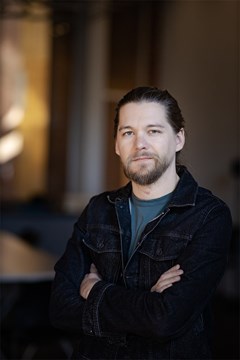
Adam Hogan
Adam Hogan is a media artist, cinematographer, composer, researcher, and advocate for film and media preservation. His work engages experimental approaches to moving image and sound by using the mediums themselves through production and development to explore how media technologies shape our perception and relationships to spaces and histories.
As a cinematographer and director of photography, he has been all over the country and to many parts of the world to create images. This work spans traditional production, but also includes experimental collaborations with artists, choreographers, musicians and composers. His work and collaborations have been featured in numerous national and international festivals, exhibitions and collections including: Smithsonian Institution, Metropolitan Museum, Mildred Lane Kemper Art Museum, Berlinale, CyFest13, Athens Digital Arts Festival, DOC NYC, BioBAT NYC, and more. It has also recently been part of a national theatrical release in 2021 and can be found on streaming platforms: Apple TV, Amazon Prime, Vudu, Criterion Channel, and others.
Hogan holds a Ph.D. from University of Washington, Seattle in Digital Arts and Experimental Media and a MFA from Washington University in St. Louis.
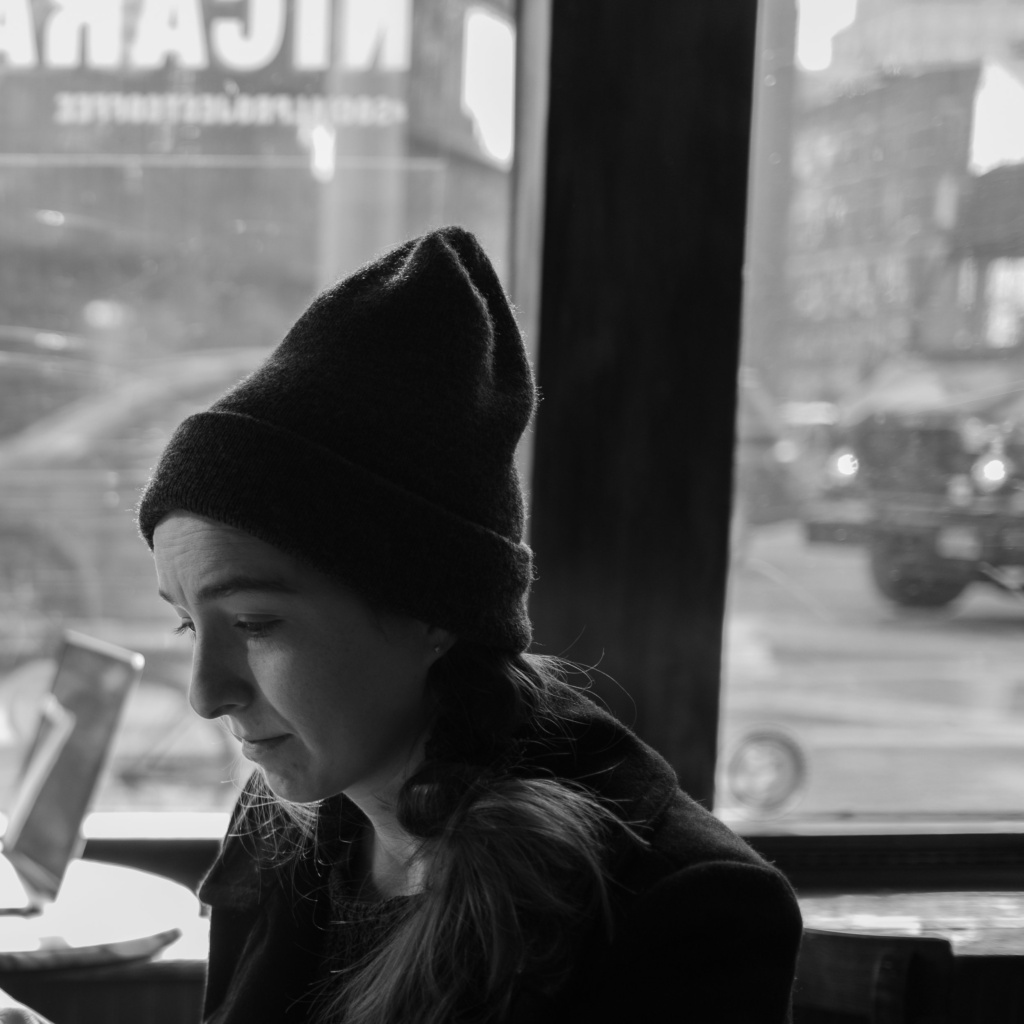 Laura Stayton
Laura Stayton
Laura Stayton is an artist, film editor, and colorist, who has worked between art and film for over a decade. Her work spans traditional moving image practices, expanded cinema, and film/media arts advocacy. Stayton’s independent research focuses mainly on media archaeology, and how to use modern digital technologies, advanced digital color science, and machine learning to preserve and examine the past. This work is done by collaborating directly with. artists, filmmakers, and archives.
“Alleyscapes” was brought to fruition through the generosity of Hatch Foundation, Pitt Technology Group, and Hotel Vandivort.
